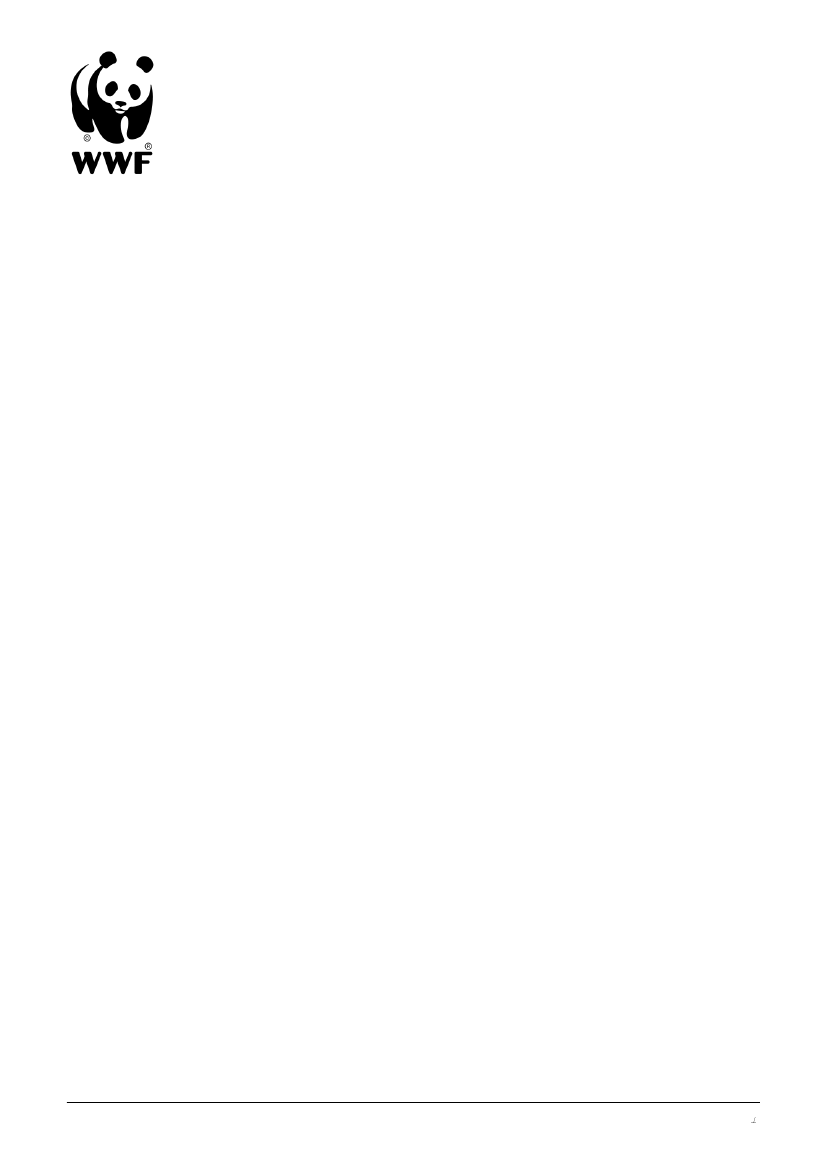
POSITION PAPER
July 2008
For further information contact:
Ottilia Thoreson
Fisheries Policy Officer
WWF Sweden
Ulriksdals Slott
170 81 Solna
Sweden
Tel: +46 8 624 74 00
Direct: +46 8 624 74 15
Fax: +46 8 85 13 29
E-mail:[email protected]
And
Ewa Milewska
Fisheries Officer
WWF Poland
Ul. Wiśniowa 38
02-520 Warszawa, Poland
Tel. +22 849 84 69
Fax +22 646 36 72
E-mail:[email protected]
WWF Position Paper
Page
1